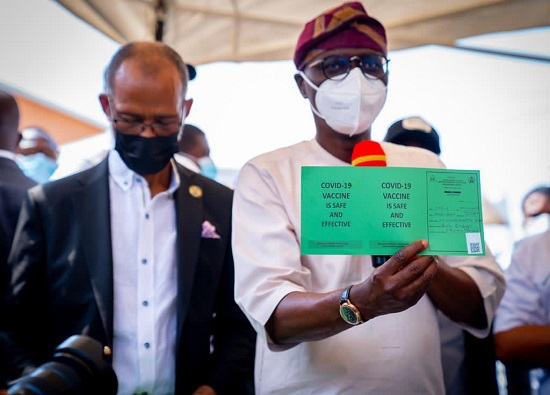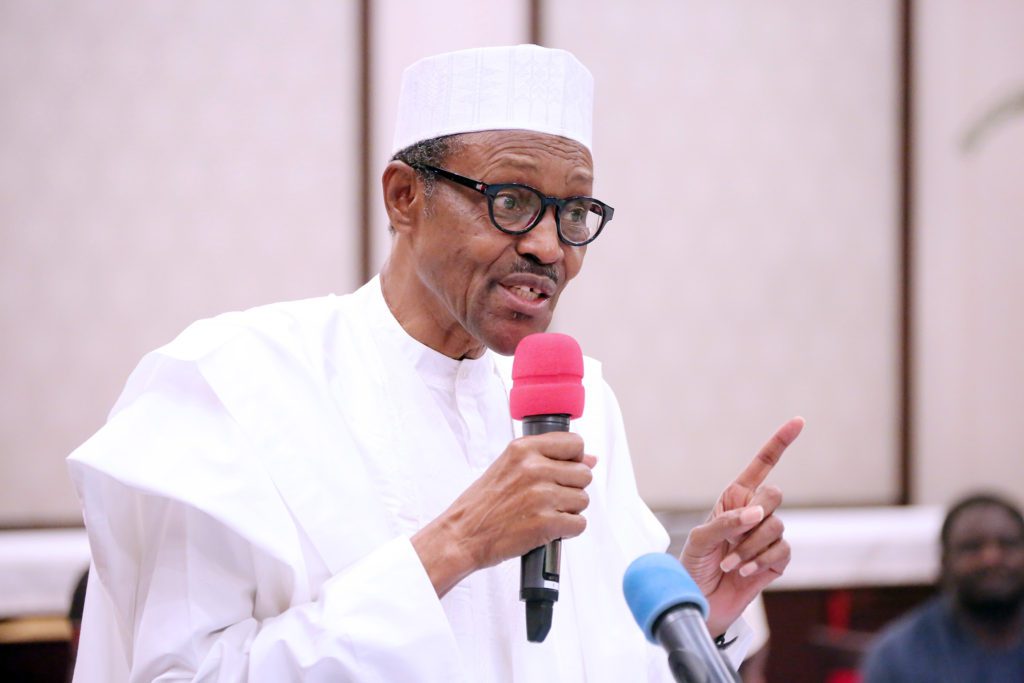Hi there, this is a follow-up to my previous article regarding the Education technology (EdTech) gap within the Nigerian Education system (primary and secondary). If you recall, I shared my thoughts on the Nigerian EdTech gap and proposed a model based on four key pillars – government (federal and state), private sector, teachers and students. These four pillars, should function in a distinct but harmonized manner.
“One of the most important aspects of technology in education is its ability to level the field of opportunity for students.” — John King.
Technology can be a powerful tool for transforming our educational system. Our schools and colleges should be incubators for ideas and innovations. EdTech reinvents our approaches to learning and collaboration, closes long-standing equity and accessibility gaps and adapt learning experiences to meet the needs of all learners. Stakeholders in education must be committed to building learning environments that provide all students with the opportunities and resources they need to succeed.
However, to fully realize the benefits of technology in our education system and provide authentic learning experiences, we need to use technology effectively in our schools to enhance the Nigerian education system.
Advertisement
According to a research conducted on the status of EdTech in Nigerian schools, vast majority of our schools lack electricity, internet-access, computers/tablets and other critical teaching and learning equipment. However, there have been several projects carried out to improve access to ICT infrastructure in different states. Some examples are the installation of solar panels to power classrooms, donations of computers/laptops to schools and CSR (corporate social responsibility) programs by Corporate Nigeria to offer internet services to selected schools. Although, these initiatives are mostly limited to very few schools and some of these infrastructures fail after a period of time due to lack of maintenance or proper knowledge of use by teachers and students.
EdTech Investments
In an era marked by profound technological disruption and intense global competition many countries are striving to improve and adapt their education systems to ensure it is able to equip its citizens to compete in the global economy. As such, innovative solutions are being developed to address barriers within traditional education systems. Therefore, EdTech is gaining traction worldwide as an invaluable teaching and learning tool.
Advertisement
However, development of global EdTech has been somewhat uneven, with its implementation delayed in some countries due to infrastructure deficits and tight budgets. Nevertheless, the surge in investment in the last few years indicates the substantial potential for technology to enhance the quality of education globally.
As a result, in order to keep up with the global educational environment, we must accept the current tide by embracing EdTech inclusion in our schools as a nation.
Whilst the value of face-to-face teaching will remain irreplaceable, US-based research institute Metaari reports that global investment in learning technology companies reached a record $16.3bn in 2018, breaking the previous record of $9.6bn in 2017. In particular, there has been a significant increase in investments made in EdTech companies that specialize in Augmented Reality (AR), Artificial Intelligence (AI), Neuroscience and Cognitive Science.
In Asia, several governments have deliberately infused EdTech into their education system with countries like Thailand and the Philippines making a lot of headway. Similarly, countries in Africa such as Egypt and South Africa are also making significant investments in the EdTech sector.
Advertisement
The Nigerian Context
Currently, EdTech companies in Nigeria have been able to leverage technology to expand and improve the quality of education Nigerians have access to. The ULesson EdTech company for instance, is an organisation that leverages best in class teachers, media and technology solutions to create high-quality, affordable and accessible education for African students. They provide adaptive and interactive tests that help students master concepts. uLesson recommends lessons, promotes practice sessions and works closely with students to achieve the kind of growth that transforms lives both in and outside the classroom.
Gradely is another EdTech company that helps schools and parents deliver a personalized learning experience for K-12 students in Nigeria. It uses analytics and data-driven recommendations to help schools and parents intervene in real-time to student’s learning gaps. Other companies like Prepclass focuses on connecting potential learners with skilled tutors. As they provide tutors for basically anything a student may wish to learn.
As a result, it is clear that in order to bridge the Nigerian EdTech gap, we must invest wisely as a nation in EdTech and develop linkages that ensures EdTech solutions are mainstreamed into our schools.
Advertisement
Fundamentally, our inability to deploy; technology infrastructure, internet connectivity, computers and other audio-visual materials and equipment – is why we still have to a very large extent the EdTech Gap in Nigeria. Thus, for our students to thrive in a globally connected world across our primary and secondary schools, all sectors must be actively involved in the planning, financing, acquisition and maintenance of infrastructure that will make EdTech inclusion a possibility for every school within Nigeria.
How Do We Bridge this Gap?
Advertisement
(1) The Federal Government
At the Federal Government level; through the Federal Ministry of Education and its relevant agencies, broad guidelines and policies must be set to facilitate the effective implementation of a national school grading system. This will help in creating a standardized grading scheme that will allow for reliable school ratings across the states using standard parameters across board.
Advertisement
The School Grading System (SGS)
The successful integration of EdTech and high-quality educational infrastructure in our schools requires the implementation of a standardized school grading system. Our primary and secondary schools in each state will be indexed and rated based on their level of integration and access to quality teachers, as well as the provision of conducive learning environments, school security measures and EdTech resources. The ratings could be primarily based on a One to Five (1-5 Star) scale for each state’s educational checklist. A One-Star (1 Star) rating indicates a total lack of educational infrastructure, EdTech and other learning tools in classrooms, while a Five-Star (5 Star) rating indicates a learning community that has completely incorporated EdTech and other educational infrastructure.
Advertisement
How Would this Work?
(2) The State Government
We envisage a process whereby the state government will work with developmental partners and the private sector to drive the effective implementation of this model.
Based on the grading system, each state must come up with a mapping structure to audit all of its schools through a standardized registration process. The state must also decide the minimum school grading standards for all schools (both public and private) within each state. This would encourage schools within each state to see how far behind they are compared to where they need to be.
For instance, if a state’s minimum school rating is Three-Stars (3 Stars), all schools in the state will be given a certain period of time (e.g. 3-4years) to meet these requirements in order to receive the requisite minimum rating. Schools that do not fulfil this requirement within the time limit will be required to close. Hence, the onus will be on schools, state government and relevant stakeholders to work within a clearly defined, transparent and easily monitored framework to attain the minimum standards set by each state.
What’s Next?
In my next article, I will conclude my EdTech series.
So, till the next time we meet here, remember we all have “A Role to Play”.
Obafela Bank-Olemoh is senior special assistant to the president on education interventions.
Views expressed by contributors are strictly personal and not of TheCable.







